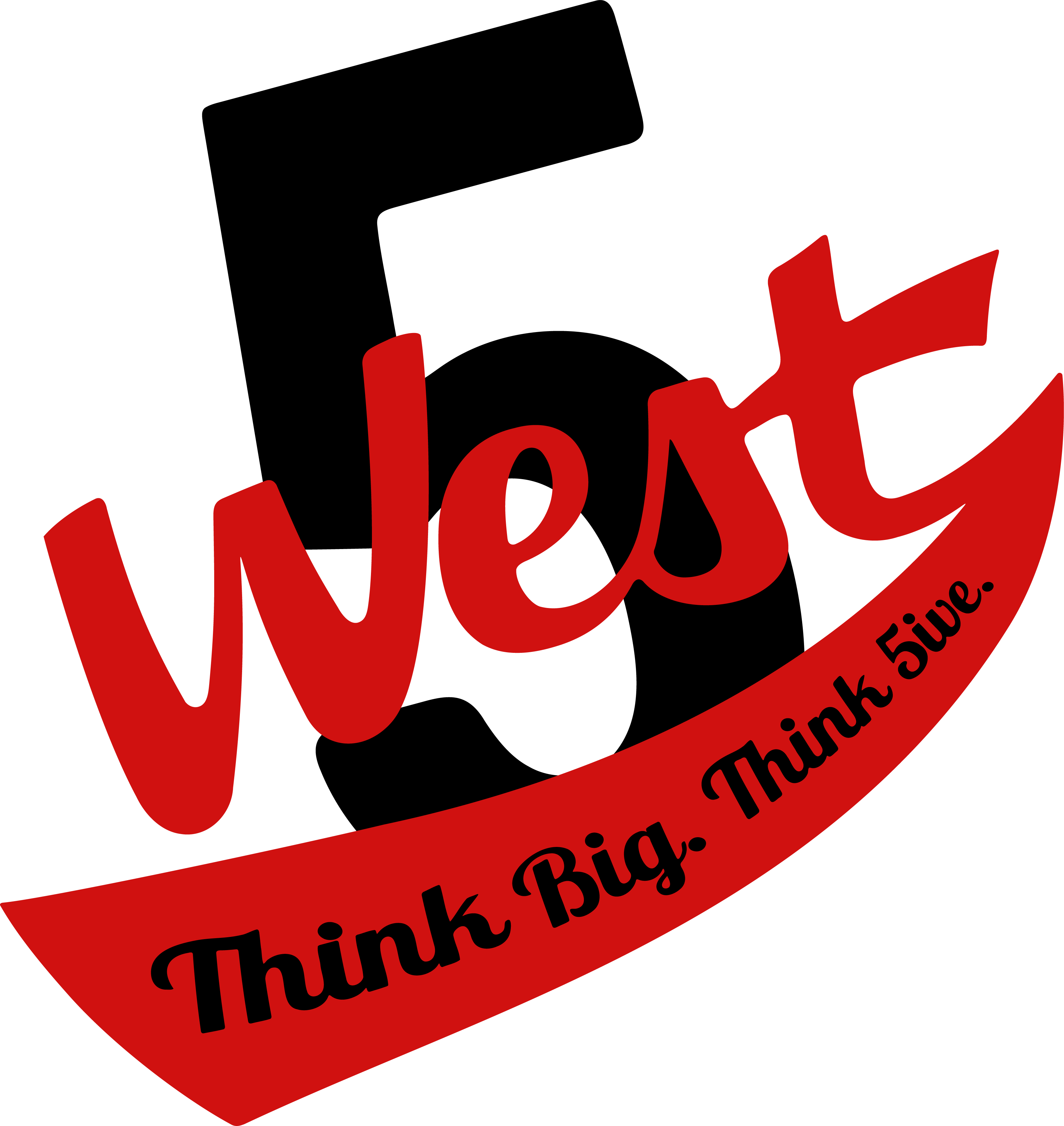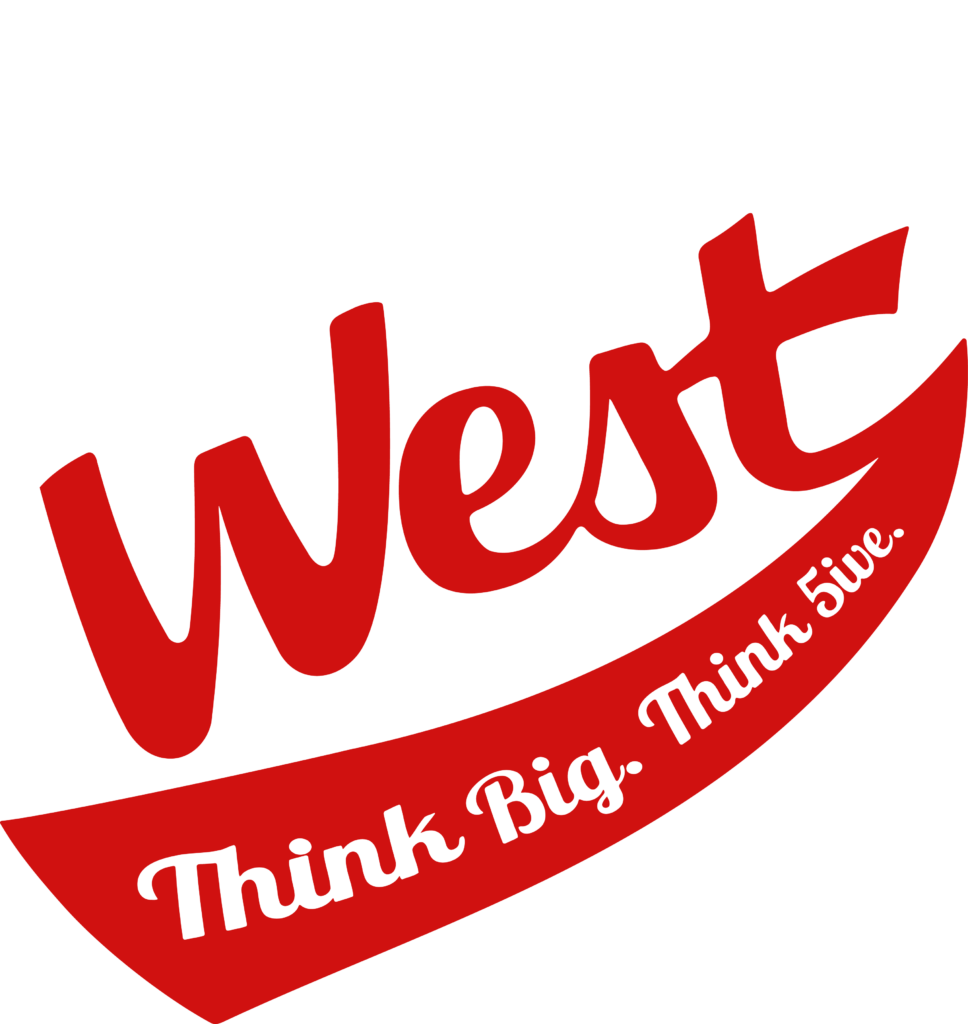Consumers have different needs, preferences, and behaviours—and businesses that recognize and respond to these differences are the ones that thrive. This is where market segmentation comes into play.
If you’ve ever wondered, “What is market segmentation?” or how it can help you grow your business, this guide is for you. We’ll break down what it means, why it’s important, and how companies of all sizes can use it to identify growth opportunities, drive more sales, and reach untapped customer demographics.
Defining Market Segmentation
Market segmentation is the process of dividing a broad customer base into smaller, more manageable groups (or segments) based on shared characteristics. These characteristics can include demographics, behaviour, geography, lifestyle, or even purchase history.
In simple terms, if your business sells a product or service, not every customer will want or need it for the same reason. By segmenting your market, you can tailor your messaging, product offerings, and marketing strategies to speak directly to each group’s unique needs.
What is market segmentation really doing for your business? It’s helping you treat different people differently.
Why Is Market Segmentation Important?
Understanding your audience is crucial for effective marketing. If you try to market to everyone the same way, you risk connecting with no one. Market segmentation helps you become more precise, personalized, and persuasive in how you communicate.
Here are a few reasons why segmentation matters:
1. More Effective Marketing Campaigns
When you know exactly who you’re talking to, you can craft messages that resonate. Personalized marketing improves engagement, increases conversions, and creates better customer experiences.
2. Improved Customer Retention
Customers are more likely to stay loyal to brands that understand their specific needs. Segmentation allows you to deliver relevant content and offers, which enhances loyalty.
3. Better Product Development
Segmentation can reveal gaps in your product or service offerings. Understanding what different groups want helps you innovate and develop offerings that meet real demand.
4. Efficient Use of Resources
By focusing your efforts on the most promising segments, you avoid wasting money and time on audiences that aren’t likely to convert.
5. Opportunities for Market Expansion
You may discover underserved or emerging customer groups, giving your business an edge in reaching untapped demographics before competitors do.
Types of Market Segmentation
There are several ways to segment a market. The best approach depends on your business goals, products, and customer data.
1. Demographic Segmentation
This is the most common method and includes variables like:
- Age
- Gender
- Income
- Education level
- Marital status
- Occupation
Example: A luxury skincare brand might target women over 35 with high disposable income.
2. Geographic Segmentation
Segmenting by location can help businesses adjust offerings based on regional preferences or needs.
- Country or region
- City size or population
- Climate
Example: A winter apparel company might focus its ads on colder regions during certain months.
3. Psychographic Segmentation
This approach digs into psychological traits:
- Lifestyle
- Personality
- Values
- Interests
Example: A fitness brand might target individuals who prioritize health, self-improvement, and outdoor activities.
4. Behavioral Segmentation
Focuses on how customers behave in relation to your brand:
- Purchase frequency
- Product usage
- Loyalty
- Buying motivation
Example: An e-commerce platform might send exclusive offers to frequent buyers while using re-engagement tactics for inactive users.
5. Firmographic Segmentation (for B2B)
This method is used when businesses market to other businesses and includes:
- Company size
- Industry
- Revenue
- Location
Segmenting business clients can help refine B2B sales strategies and build better relationships.
How Market Segmentation Supports Growth
One of the biggest advantages of market segmentation is its ability to uncover areas of growth and expansion. By analyzing segmented data, companies can identify where new revenue streams might exist or which products need improvement.
Let’s look at a few growth opportunities segmentation can highlight:
1. Untapped or Overlooked Markets
Maybe a younger demographic is starting to show interest in your product, but your messaging is only aimed at older customers. Segmentation will spotlight that shift so you can pivot accordingly.
2. Refined Product Offerings
If your data shows that customers in urban areas are using your product differently than rural customers, you can tweak packaging, pricing, or features to better serve each group.
3. Cross-Selling and Upselling
Segmentation can reveal which customers are most likely to buy add-ons or upgrades. This helps you personalize offers and boost your average order value.
4. Geographic Expansion
If a particular region is showing high engagement and sales, it may be time to invest more resources in that area. Targeted campaigns can deepen your brand’s presence in growing markets.
How to Start Segmenting Your Market
Getting started with segmentation doesn’t have to be complicated. Here’s a simple step-by-step process you can follow:
Step 1: Collect the Right Data
You’ll need both qualitative and quantitative data to properly segment your market. Data sources might include:
- Customer surveys
- Web analytics
- Purchase history
- CRM platforms
- Social media insights
- Market research and analysis
The more data you gather, the more detailed and accurate your segments will be.
Step 2: Identify Patterns and Groupings
Analyze your data to identify shared characteristics and behaviours. Look for clusters of customers who respond similarly to certain campaigns, buy the same products, or share interests.
Step 3: Create Segment Profiles
Build profiles for each customer segment. Give them names (e.g., “Urban Explorers” or “Budget-Conscious Parents”) and define their traits, goals, challenges, and what they value most.
Step 4: Tailor Your Marketing Strategy
Adjust your messaging, creative content, and product positioning to appeal to each segment. Personalized marketing builds trust and increases engagement.
Step 5: Test and Optimize
Once you launch segmented campaigns, monitor performance closely. Which segments respond best? What channels work best for each group? Use this insight to refine your strategy over time.
Choosing a Target Market
Once you’ve segmented your audience, the next step is choosing a target market. This means deciding which segment(s) you want to focus your efforts on.
Not all segments are created equal. Some may be more profitable, while others may align more closely with your brand values. When choosing your target market, consider:
- Segment size and growth potential
- Competition within that segment
- Alignment with your product or service
- Your team’s ability to reach and serve that market
Choosing wisely helps you maximize return on investment and build a loyal customer base from day one.
How Segmentation Enhances Personalization and Customer Experience
One of the most powerful benefits of market segmentation is its ability to drive meaningful personalization. When businesses understand their audience on a deeper level, they can create tailored experiences that make customers feel seen, understood, and valued.
Let’s explore how segmentation enhances customer experience in action:
1. Tailored Messaging
Segmentation allows companies to craft specific messages that resonate with each group’s motivations, challenges, and lifestyle. For instance, an activewear brand can send very different email content to performance-focused athletes versus casual gym-goers, even if they’re buying from the same website.
2. Customized Product Recommendations
Online platforms can use behavioural data to offer smart product suggestions. For example, a streaming service can recommend playlists or shows based on past behaviour, ensuring users always find something they like. This keeps them engaged and builds brand loyalty.
3. Location-Based Offers
Geographic segmentation enables businesses to adjust offers by region. A fast-food chain, for example, can run promotions tailored to regional tastes or seasonal trends, making the campaign more relevant and effective.
In short, segmentation leads to personalization—and personalization leads to better customer satisfaction, stronger loyalty, and more repeat business.
Common Mistakes to Avoid
While market segmentation is powerful, it’s important to avoid some common pitfalls:
- Creating too many segments: Don’t overcomplicate things. Too many segments can spread your resources too thin.
- Relying on assumptions instead of data: Use actual customer data rather than guessing what people want.
- Failing to act on insights: Gathering data is just the first step. You must apply what you learn to your strategy.
- Ignoring evolving segments: Consumer behaviour changes over time—stay updated and adjust your segments as needed.
Turning Insight Into Action
Understanding what market segmentation is and how it works is just the beginning. The real power lies in how you apply this knowledge to make informed, data-driven decisions. Whether you’re launching a new product, optimizing ad spend, or entering a new market, segmentation helps ensure that your efforts are guided by insight—not guesswork.
For small businesses, segmentation can help maximize limited resources by focusing only on the audiences most likely to convert. For larger companies, it allows for more personalized messaging at scale, supporting retention and long-term loyalty. No matter the size of your business, segmentation reduces waste, improves performance, and brings you closer to your ideal customer.
Start by reviewing the data you already have. You don’t need expensive tools or an army of analysts to begin segmenting your market. Even simple email analytics, customer surveys, or social media insights can reveal valuable trends.
What is market segmentation? It’s a smart, strategic way to understand and serve your customers better. It empowers businesses to deliver the right message to the right people at the right time—while saving money, increasing sales, and uncovering opportunities for growth.
When done right, market segmentation becomes more than a marketing tool—it becomes a growth engine. Whether launching a startup, scaling a growing business, or optimizing a mature brand, segmentation can unlock the insights you need to reach your next big milestone.
5ive West provides services focused on helping businesses increase their reach, improve customer retention, and optimize sales strategies. Through a combination of targeted outreach, data-driven marketing, and effective communication, we develop structured campaigns that maximize opportunities for our clients. Contact us today to learn more about how we can partner together to pursue growth opportunities.


